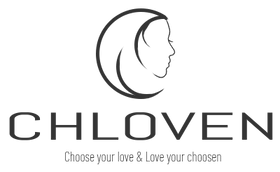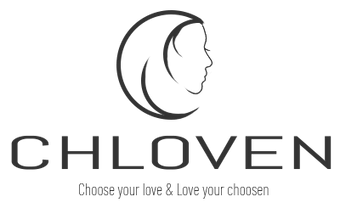From Waste to Wear: How Chloven Designs for the Planet
Leather has long been a symbol of durability and luxury—but it comes with a hidden cost. Traditional animal leather production is resource-intensive:
-
It contributes to deforestation, especially in regions like the Amazon, for cattle grazing.
-
Each square meter of leather results in up to 110 kg of CO₂ emissions.
-
The tanning process often uses toxic chemicals such as chromium VI, harmful to both workers and the environment.
Even synthetic vegan leathers, while animal-free, are often made from PU or PVC, which are non-biodegradable, derived from fossil fuels, and may shed microplastics over time.
 At Chloven, we envision a better path—one rooted in circularity and conscious design.
At Chloven, we envision a better path—one rooted in circularity and conscious design.
We primarily use:
-
Natural silk, a renewable, biodegradable material with a luxurious feel and low water footprint compared to cotton.
-
Recyclable and post-consumer fabrics, which reduce landfill pressure and close the loop on textile waste.

🌿 Why silk?
Silk is not only biodegradable, but studies show that mulberry silk production emits significantly less CO₂ than cotton or polyester, and requires ~50% less water than cotton per kilogram of fiber.
🌍 Why circular fabrics?
According to the Ellen MacArthur Foundation, only 1% of all textiles are recycled into new clothing, with the rest either incinerated or landfilled. Using recycled materials helps reverse this trend.
By embracing these materials, Chloven products provide not only aesthetic and functional value but also climate-conscious innovation—without the trade-offs of traditional leather or plastic-based synthetics.






